How to Get Paint Out of Your Clothes, From Acrylics to Oils
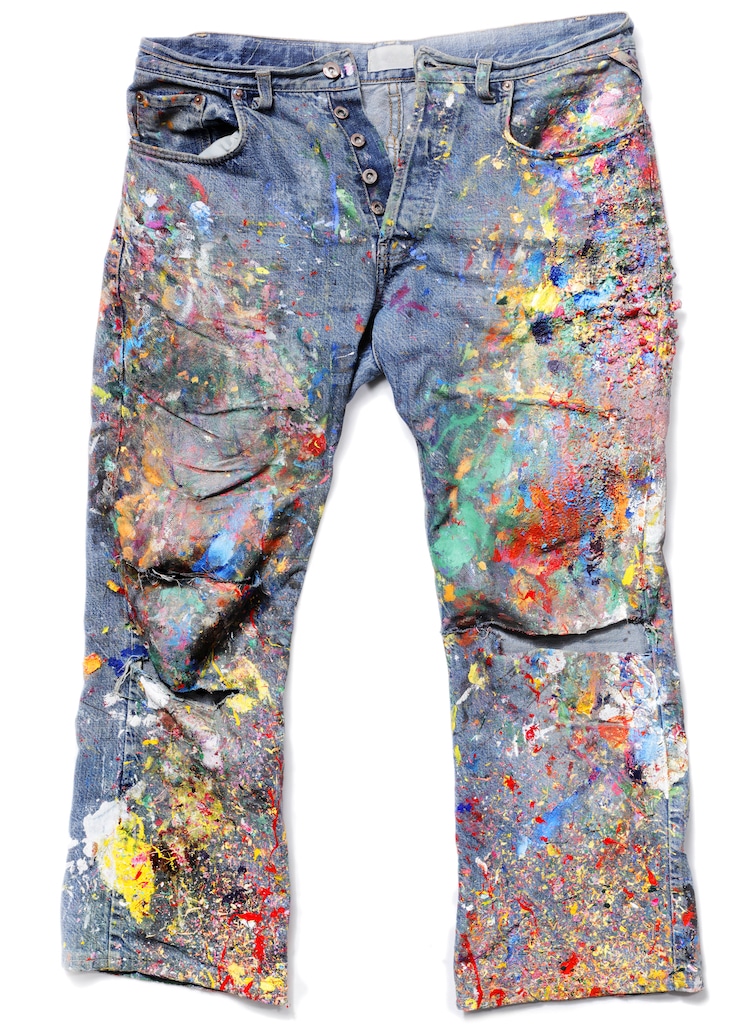
Photo: stocksnapper/Depositphotos
This post may contain affiliate links. If you make a purchase, My Modern Met may earn an affiliate commission. Please read our disclosure for more info.
If you’ve ever gotten paint on your clothes, you likely know the feeling that accompanies it. There is a wave of dread that washes over you—even more so if it’s a beloved shirt or pair of pants. With pigments like acrylic or oil paint, it might seem like they are now a permanent part of the garment. But if you get a spot on your favorite shirt, not all is lost. There are some tried-and-true ways for how to get paint out of your clothes.
One of the most important factors in removing a paint stain is time. As soon as you see paint on the fabric, work to remove it before it dries. After it has dried, it becomes much harder—and maybe even impossible—to remove. This is especially true when it goes through the dryer and the heat sets the stain.
Scroll down for general tips on removing water and oil-based paint from your clothes.

Photo: pressmaster/Depositphotos
General Tips For Getting Painting Out of Clothing
The best practice for painting is to wear clothing that is meant for getting dirty; that way, you won't mind if the occasional paint splotch gets on it. Alternatively, you can wear a smock that will protect your chest and most of your legs from paint, although it won’t cover your arms. In that case, a pair of coveralls are handy.
Sometimes, however, paint stains are unavoidable. Here are some important tips to remember, regardless of the type of pigment: artist acrylics, oil-based paints, or latex house paint.
Time is important. Don’t let the stain dry (if possible).
Acting quickly will give you the best chance of getting the pigment out of your clothing. In general, stains are much harder to remove when they are dried and set.
Before applying stain treatment, always remove the excess paint.
The excess paint is likely sitting on top of the fabric, and this can be done with a knife (a palette knife works well) or a spoon. Trying to remove the stain with all the extra paint will make things unnecessarily messy.
Accept that some materials aren’t meant for stain treatments.
Woven materials, like cotton, can often hold up to stain treatments whereas more delicate fabrics like silk may not. Regardless of the material, make sure your cleaning method matches what the fabric can accept. It’s always best to spot-test the method on an unseen part of the garment (such as the seam allowance) to make sure that it won’t permanently discolor or degrade your fabric.
Removing Water-Based Paints Like Acrylic and Latex
Of the paints that stain, water-based is the easiest to remove from clothing. Latex and acrylic paints are both water-based and held together with plastic binders. But, they can be thinned using water which is what gives them an edge when trying to get a stain out of a garment. Give these treatments a try.
Dish Detergent
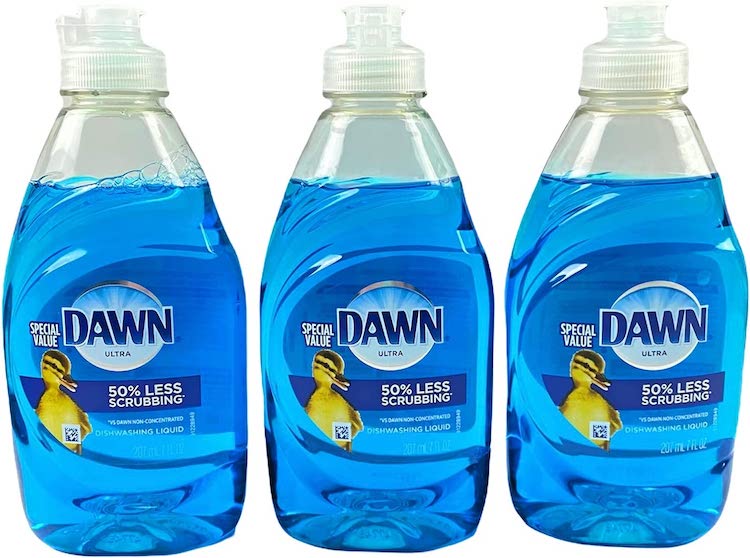
Dawn | $9.99
This is the most popular way to remove water-based paint from your clothes. First, run warm water onto the stain to soften it. Then, make the stain-fighting solution: a rag that’s been soaked in water mixed with a small amount of detergent. Blot the stain and give it a few minutes before you scrub at the stain and run it under water again. If the stain remains, repeat the process until it’s gone (or as much as it can be).
Rubbing Alcohol, Acetone Nail Polish Remover, or Hand Sanitizer
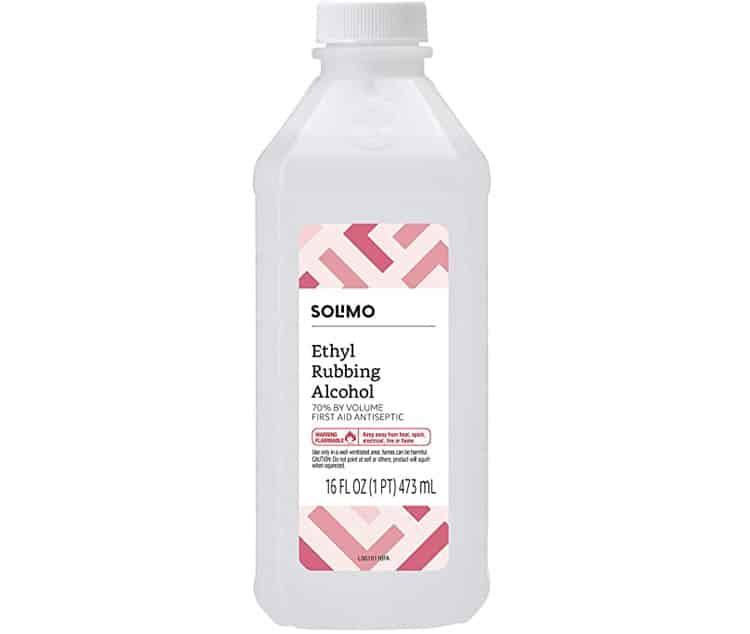
Solimo | $5.44
If the dish detergent doesn’t work, rubbing alcohol—or products that contain it—is another solution. Start by running some warm water over the stain. Then, using a cotton ball or swab, scrub the stain. (An old toothbrush works well, too.) Finally, run underwater and repeat if necessary. Once you’re happy with the stain removal, run your garment through a wash cycle before wearing it again.
With this method, it’s preferable to use rubbing alcohol. The acetone in nail polish works, but it can damage wool and silk; don’t use it on items with fabric content that includes acetate, modacrylic, or triacetate.
Duct tape
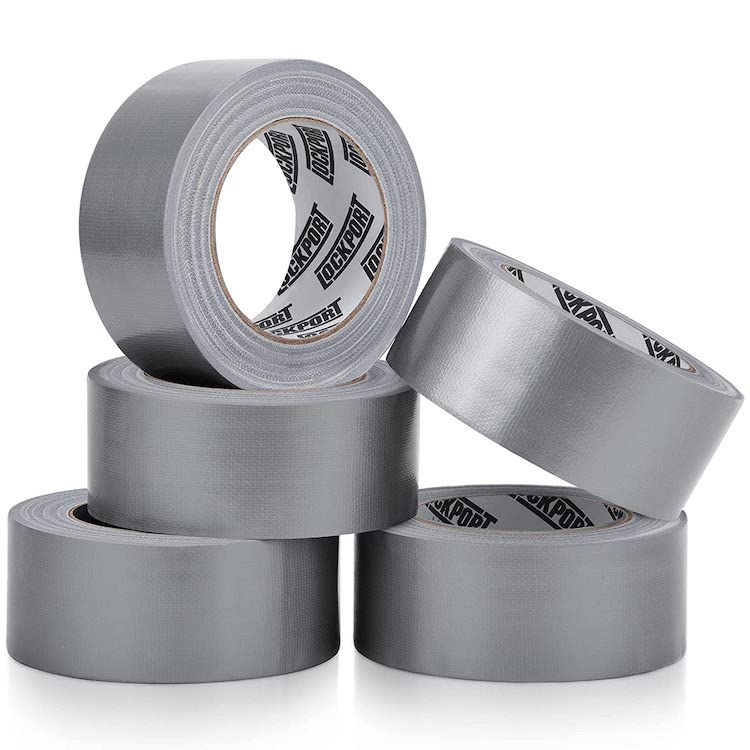
Lockport | $23.88
Duct tape is good for many things, and it turns out that it’s a decent stain remover for paint that’s already set. Unlike other methods, you’ll want to make sure the fabric is dry before you begin. Then, use that old toothbrush (or something similar) to loosen the pigment. Finally, use the stickiness of the tape to pick up as much of it as you can.
Removing Oil-Based Paint
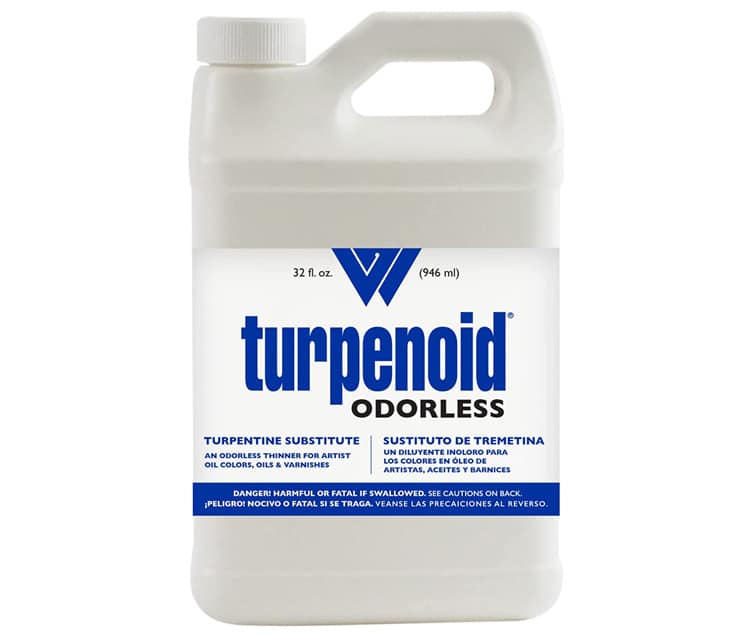
Weber | $17.99
Getting out oil-based paint—whether it’s used on your house or in your art—isn’t impossible, but it’s more challenging than acrylic pigment. Dish detergent alone won’t work. You’ll have to bring out the strong stuff for this one, so make sure you’ve got good ventilation or are wearing a mask.
Because oil paint can only be cleaned using paint thinner or turpentine, you’ll need to use it on your garment to remove the stain. Start by placing the fabric, stain down, on paper towels or a clean rag. Then, blot the stain with the thinner or turpentine. This will loosen the pigment. Once you’ve done that, use the mix of water and dish detergent to soak the stain for eight to 12 hours. Rinse it with water and then wash it as normal.
Related Articles:
Woman’s Ingenious Life Hack Shows How We’ve All Been Closing a Cereal Box Wrong
Interview: People Are “Hacking” IKEA Products into One-Of-A-Kind Decor
Unearth the Colorful History of Paint: From Natural Pigments to Synthetic Hues
READ: How to Get Paint Out of Your Clothes, From Acrylics to Oils
0 Commentaires